Black band catfish - Corydoras zygatus
Scientific name: Corydoras zygatus
Common name: Black band catfish
Family: Callichthyidae
Usual size in fish tanks: 5 - 7 cm (1.97 - 2.76 inch)
014
Recommended pH range: 6.2 - 7.2
Recommended water hardness: 6 - 19°N (107.14 - 339.29ppm)
0°C 32°F30°C 86°F
Recommended temperature range: 22 - 26 °C (71.6 - 78.8°F)
The way how these fish reproduce: Spawning
Where the species comes from: South America
Temperament to its own species: peaceful
Temperament toward other fish species: peaceful
Usual place in the tank: Bottom levels
Food and Feeding
Black Band Catfish are omnivorous and thrive on a varied diet. Use a quality flake or sinking pellets as their staple food, supplemented with algae wafers to provide balanced nutrition. Offer occasional treats of live or frozen bloodworms and brine shrimp to keep them healthy and active. Feeding these fish during the evening, when they are most active, ensures they get their fair share of food.
Origin
Corydoras zygatus are native to South America, specifically found in the waterways of Peru. These habitats are defined by soft, slightly acidic water, abundant vegetation, and sandy or fine gravel substrates. Mimicking these natural conditions in the aquarium promotes their health and well-being.
Sexing
Sexing Corydoras zygatus is straightforward when they reach maturity. Viewed from above, females are noticeably larger and have a plumper body shape compared to the more slender males.
Breeding
To breed Corydoras zygatus, set up a shallow breeding tank with a soft substrate and add plants or spawning mops to provide egg-laying surfaces. Frequent water changes with cooler, soft water can simulate the seasonal conditions that trigger spawning. The fish scatter their eggs on surfaces like plants, glass, or the substrate. Once eggs are laid, remove the parents to protect the eggs. The eggs will hatch within 2-3 days, and the fry can be fed Infusoria or newly hatched brine shrimp once free swimming.
Lifespan
With proper care and stable water parameters, Corydoras zygatus can live for 3-5 years in a well-maintained aquarium.
Tank Setup and Behavior
Corydoras zygatus are peaceful, social fish, making them ideal for community aquariums. Keep them in groups of at least five to reduce stress and encourage their natural, interactive behavior. A sandy or fine gravel substrate is essential to protect their sensitive barbels, and the tank should include plenty of hiding spots such as driftwood, caves, and plants. Maintain excellent water quality with a gentle flow to replicate their native environment.
Suitable tankmates include other peaceful and non-aggressive species:
- Neon Tetras – Bright and active companions that share similar water requirements.
- Cardinal Tetras – Perfect for a harmonious and colorful display.
- Rummy Nose Tetras – Gentle and visually striking tankmates.
- Pearl Gouramis – Peaceful mid-level swimmers that pair well with Corydoras.
- Kuhli Loaches – Fellow bottom dwellers that coexist peacefully.
Tankmates to avoid include aggressive or territorial fish such as large cichlids, bettas, or tiger barbs, which can stress or harm these gentle catfish.
Recommended Plants
Incorporating live plants helps mimic their natural habitat and provides additional shelter. Suitable plant species include:
- Java Fern – Hardy and low-maintenance.
- Amazon Swords – Perfect for adding greenery and creating hiding spots.
- Anubias – Excellent for attaching to driftwood or rocks.
- Cryptocoryne – Ideal for creating dense, natural foliage.
- Java Moss – A versatile plant that enhances the aquarium’s natural look.
Short Description
Corydoras zygatus, commonly known as the Black Band Catfish, are peaceful, social bottom-dwellers that thrive in community aquariums. Their manageable size, easy-going temperament, and striking appearance make them an excellent choice for both beginner and experienced aquarists. By providing a well-maintained tank with appropriate tankmates, hiding spots, and a balanced diet, these charming catfish will add beauty and activity to your aquarium.
Pictures
Bought by aqua-fish.net from jjphoto.dk.
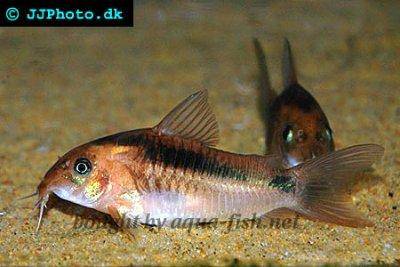


 Aspidoras
Aspidoras 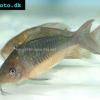 Giant
Giant 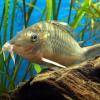 Hognosed
Hognosed  Emerald
Emerald  Cascarudo
Cascarudo 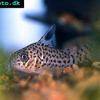 Acre
Acre  Adolfo’s
Adolfo’s 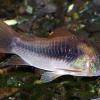 Bronze
Bronze  Agassizii’s
Agassizii’s 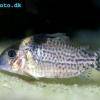 Spotted
Spotted 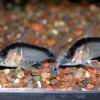 Skunk
Skunk  Corydoras
Corydoras 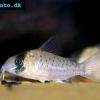 Fairy
Fairy  Corydoras
Corydoras 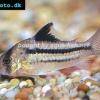 Pink
Pink 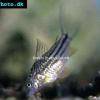 San
San 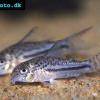 Bond’s
Bond’s 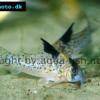 Spotted
Spotted  Tailspot
Tailspot 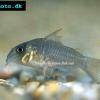 Concolor
Concolor 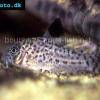 Cope’s
Cope’s  Sand’s
Sand’s 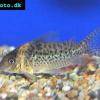 False
False 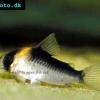 False
False  Ehrhardt’s
Ehrhardt’s  Elegant
Elegant 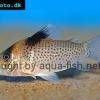 Saddle
Saddle 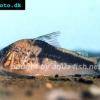 Fowler’s
Fowler’s  Gomezi
Gomezi 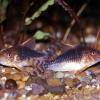 Palespotted
Palespotted 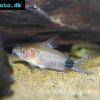 Guapore
Guapore 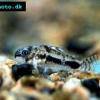 Dainty
Dainty 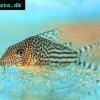 Mosaic
Mosaic  Imitator
Imitator 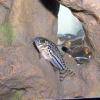 Julii
Julii 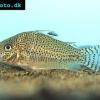 Leopard
Leopard 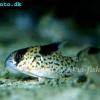 Black
Black 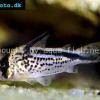 Slant-bar
Slant-bar 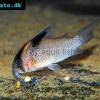 Bluespotted
Bluespotted  False
False 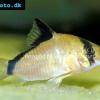 Bandit
Bandit  Mini
Mini  Napo
Napo  Corydoras
Corydoras 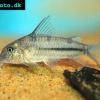 Blue
Blue  Nijssen’s
Nijssen’s 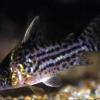 Ornate
Ornate  Peppered
Peppered 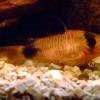 Panda
Panda 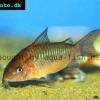 Albertini
Albertini  Pastaza
Pastaza 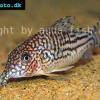 Corydoras
Corydoras 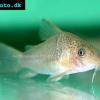 Many-spotted
Many-spotted 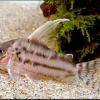 Pretty
Pretty 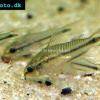 Dwarf
Dwarf  Iridescent
Iridescent 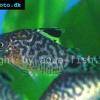 Reticulated
Reticulated 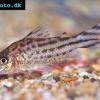 Bannertail
Bannertail 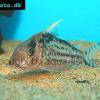 Robust
Robust 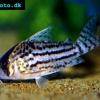 Schwartz’s
Schwartz’s 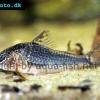 Black
Black 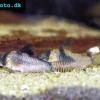 Longnosed
Longnosed 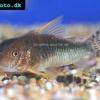 Seuss’
Seuss’ 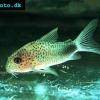 Smudge
Smudge  Masquerade
Masquerade 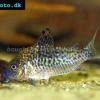 False
False 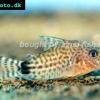 Millenium
Millenium 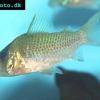 Pinkthroat
Pinkthroat 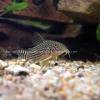 Sterba’s
Sterba’s 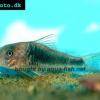 Longsnout
Longsnout 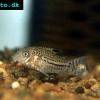 False
False 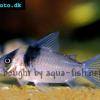 Miguelito
Miguelito 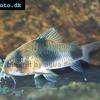 Twosaddle
Twosaddle 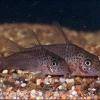 Xingu
Xingu 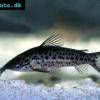 Porthole
Porthole 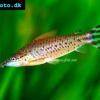 Flagtail
Flagtail 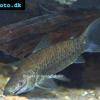 Brown
Brown  Spotted
Spotted